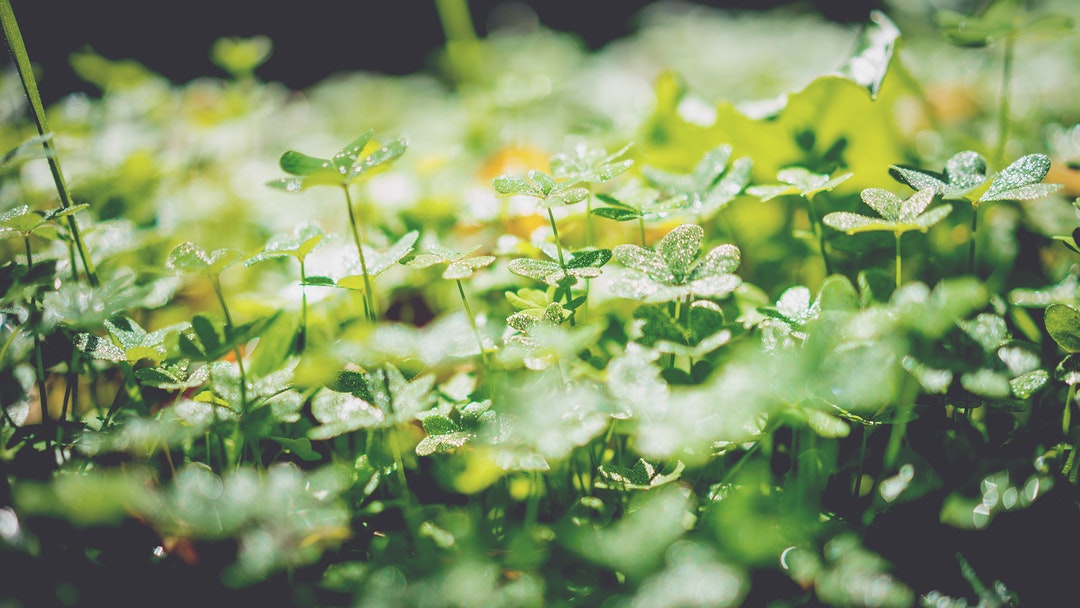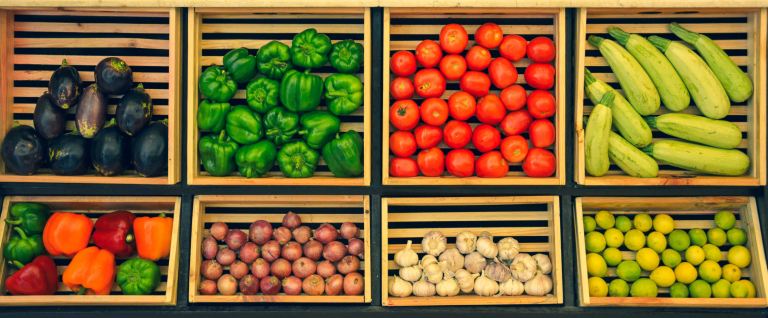7 Easy Ways To Be Eco-Friendly AF (While Saving Time, Money, And Mother Nature)


“The earth is a fine place, and worth fighting for.” – Ernest Hemingway
Close your eyes and imagine traveling to an exotic, tropical location where you’ve always wanted to go. The sun is beaming down, warming every inch of your body. You’re standing on a beach being serenaded by the soothing sound of waves. The smell of salty seawater caresses your nostrils and you think, “This is what it’s all about.“
But then, a gust of wind sweeps by and blows a plastic bag onto your face. “WTF,” you say as you pull it off, surprised someone would litter in such a beautiful place. But as you look closer you see trash everywhere — even in the ocean.
Your paradise is no longer a paradise. And while it’s easy to point the finger at other people, the truth is we’re all to blame. Fortunately, we’re all also empowered to make positive changes and lessen our environmental impact.
Ready to learn how? Here are seven easy ways you can be eco-friendly AF while saving time, money, AND mother nature:
1.) Who Needs Papyrus? Make Your Own Cards!
You know how when you were little you used to make your parents cards because you were jobless and broke AF a kid? Well, chances are they still have those cards in a box somewhere. You know why? Because they feel too guilty to throw them away the things you make mean WAY more to people than the things you buy.
Putting your time and energy into something shows people you care, and that’s special. So rather than going to the store and buying a card for $6.99, next time there’s a birthday, anniversary, or other special occasions, scrape up some goodies from around your house (like construction paper, a memorable photo, etc.) and make one.
You’ll save money, the card will be more meaningful, AND you’ll use what you already have around your house. Mother nature and future generations will thank you.
2.) Eat Your Scraps
There are 795 MILLION hungry people in the world, and yet here in America 40% of our food from harvest to consumption is wasted. What’s more — wasted food that ends up in the landfill rots and turns into methane gas, one of the most potent and environmentally destructive greenhouse gases.
Yikes.
But guess what? YOU can change that. Here’s how: use the produce you’d normally discard (i.e. carrot peels, onion skin, rooted vegetable ends) and turn them into a delicious broth!
Also, if you have an outdoor space, or are able to create a small garden, there are also a variety of fruits and veggies you can regrow from their root scraps (carrots, celery, onion, avocado etc.) — for life! Isn’t that awesome?
So the next time you think about tossing your produce food scraps, think about how you can USE them!
3.) Wait Till It’s Brown To Flush It Down
I know, I know you’re probably cringing right now thinking of having a smelly toilet. But, hear me out! If you live alone or don’t share your bathroom with anyone, then the cringe factor is totally reduced.
I’ve been a non-flusher for YEARS and I absolutely love it. It saves me about three seconds every time I go to the bathroom, but more importantly, it saves three to five gallons of water every time I take a trip to the bathroom. I’m not a mathematician, but it’s pretty easy to see my laziness = eco-friendly.
So the next time you pay your toilet a visit, think twice before you flush!
4.) Turn Your Trash Into Treasure
Every year, 8 million metric TONS of plastic ends up floating somewhere in our oceans. This plastic wreaks havoc on the wildlife and destroys oceanic food chains.
And for those of us that are seafood eaters, it negatively impacts our health too because we’re also eating that plastic (Oh, the irony).
You can upcycle your plastic (and other trash) by doing at home DIY projects — here’s a list of 30 great ideas! Not only are these projects fun, but they also make for great wine nights family time and lessen your environmental footprint!
5.) When Life Gives You Lemons…Make All Purpose Cleaner!
You know those food scraps we were talking about earlier? Well, guess what — you can also use them to make your own all-purpose cleaner!
Combine vinegar and lemon, lime and/or orange peels in an airtight jar, let them sit for two weeks and voilà! You’ve made your very own organic, non-toxic cleaning agent!
Not only will your house look and smell fresh, you’ll also save yourself a few bucks and a trip to the store.
6.) Only Wear It If Someone Else Has
Unless you live in a nudist colony (and hey, if you do more power to you), chances are you wear clothes. And as fun as fashion is, it’s also the second largest polluter in the world (second to oil).
It takes 400 gallons of water to produce a single cotton t-shirt (if you need a visual, imagine your bedroom entirely submerged in water). Crazy right?
Fortunately, we can all greatly reduce our fashion footprint by shopping at second-hand clothing stores. Buying gently used clothing gives our soil, water, and air a break from a dangerously toxic industry, and allows us to save money in the process. Cha-ching!
7.) Show Your Local Farmers (And Your Insides) Some Love
When you think of your dream partner do you imagine spending your life happy and in love, or being slowly poisoned to death? I don’t know about you, but I’m going all in for option #1.
Right now you’re probably thinking, “Okay but what does my romantic partner have to do with local farmers and my insides?” Allow me to explain: we often think the most intimate relationships we have are with other people, but this isn’t always true. One of the most intimate (and overlooked) relationships we have is with our food.
Wine Food is a basic human need, and something we turn to daily for comfort, strength, nutrition, and energy. That’s why it’s SO important we buy our food locally because it’s better for our bodies and our planet. Here’s why:
– Local food minimizes your carbon footprint because it’s not traveling across the country or via airplane to reach your plate
– Local food is better for your body because it doesn’t lose its nutrients en route to you (food that travels a long distance does!)
– Local food tastes better because it’s in its peak season when you consume it (think crisp October apples and juicy summer melons!).
– Local food is less expensive because it’s grown in season and there’s an abundance of it available.
– Local food is good for the planet because it enables farmers to conserve fertile soil and clean water in your local community.
When you purchase food from local farmers, you’re entering into a healthy, non-toxic relationship…with food
By using these seven suggestions you’ll be eco-friendly AF in no time. 




